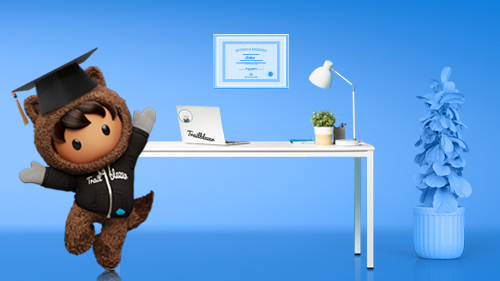
Get your FREE 30-day trial.
Please complete all fields.
Co-parenting while working full-time is possible. At least in the early years; that’s all I can speak to at this point. With the right amount of flexibility, it’s possible. That's been my mantra lately. I recognize that may not always be the case. For a growing number of parents, choosing to go back to work is often a reflection of how welcoming and inclusive a company is. Today's parents are often flexible in the range of caring for children and doing household chores; this is more reasonable when both parents work in a setting that is also flexible. Going back to work after I had my first child I had a sinking feeling that I couldn't be both the primary caregiver and satisfied with my contribution at work. I've since learned that I can, however, enjoy my role as both a co-parent and a working mom. To sift through the priorities of parenting and working, I like to maintain three main conversations:
From blocking out key times for concentrating on work's biggest puzzles to making time for meal planning and relaxing, priorities are constantly shifting on my agenda so that I can find a little time to dedicate to different things each week. Every weekend, my husband and I take the time to talk about what worked well in the past week and what is coming up next. While our kids are still young, it's easy to share childcare arrangements and alternate coming home earlier to make dinner. As they grow up, I imagine this will evolve. Either way, communicating our vision for how our life will develop over time and sharing ideas around how to get there keeps us excited. In previous roles with past employers, I remember having to adhere to a rigid schedule and was expected to be at my desk before 9 a.m. The reality is that I’m a much better person if I don’t have to comply with such arbitrary time constraints. I have the flexibility to control my own schedule and because of this, I’m far more effective in my work and less stressed when I’m with my family. This type of flexible arrangement at work isn’t possible for everyone but communicating about all these details with your partner certainly won't hurt.
It's finally accepted by most employers that employees may have a life outside of work. Having a conversation about expectations and flexibility is key to being happy for anyone, not just a working parent. After you've taken the time to think about what your needs are, being able to talk openly with your employer about what will help you maintain your focus as you return to work can alleviate a lot of stress. Supportive and inclusive workplaces make a transition back to work show that a company is committed to helping new parents continue to grow and develop.
For employers seeking a bit more guidance on how to support a successful return for new moms, there are amazing resources out there - Mindful Return is an online course moms can complete on their own time and Lauren Smith Brody, author of the forthcoming book The Fifth Trimester are great places to start.
Upon returning to work after my second child was born I’ve noticed my growing dependence on sticky-note usage. I jot down reminders and notes with reckless abandon but it’s a cathartic approach for surfacing what’s on my mind and being able to bookmark it for later, after I’ve finished addressing what’s currently in front of me. Maybe you’ve found that since becoming a new parent the To-Do List reaches a new level of outrageous. When you’re sleep deprived, your ability to plow through these to-do items has some additional hurdles. I keep a running To-Do Matrix in Evernote. It’s a version of the Eisenhower Method (a.k.a. the Urgency/Importancy matrix) and I like to break it down by Want and Need. The lower left ’Need not Want’ quadrant contains things like ‘buy diapers’ while the ‘Want not Need’ quadrant in the upper right lists ’new shoes’ and the lower right quadrant for ’Not either’ may serve as a parking lot for ‘Jimmy’s 3-year-old birthday party next Tuesday at 10am’. It helps me sort through everything so I can make time to buy diapers and not feel like I’m dedicating energy toward unnecessary things. Applying such an approach toward other areas of my life, such as professional development, can be useful as well.
Having a matrix can provide a bit more of a framework to my conversations around my learning and development trajectory instead of a rambling, stream of consciousness type conversation which can leave everyone involved feeling more uncertain than before. Simplifying these to-do’s so that I can be confident I’m not dropping the ball helps me tackle my workday with a cool and calm approach. I hope it helps you too!
--
Corey McAveeney works as a Customer Success Coach at Culture Amp, helping customers raise awareness around diversity and inclusion and building cultures of regular feedback. She regularly speaks about Startup Culture, is an instructor at Startup Institute, and writes about workplace culture whenever the keyboard touches her fingers.